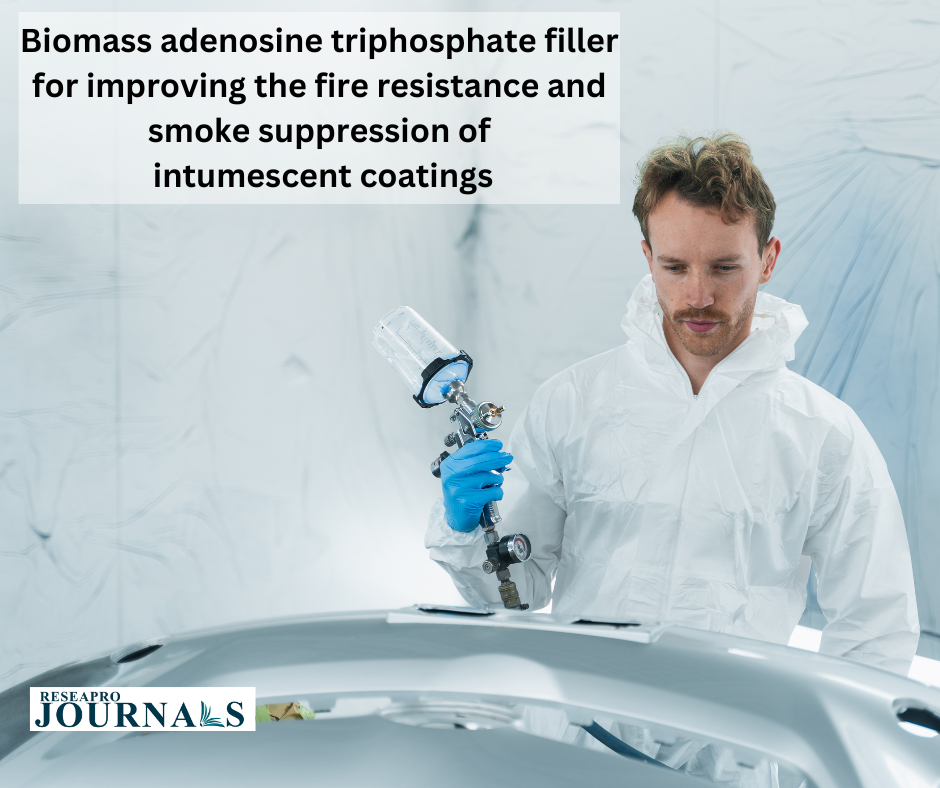|
Getting your Trinity Audio player ready...
|
Intumescent coatings are a crucial fire safety technology, forming a protective barrier that expands and insulates underlying materials when exposed to high temperatures. Traditionally, these coatings rely on halogenated or phosphorus-based flame retardants, raising concerns about environmental toxicity and human health. However, recent research has explored biomass adenosine triphosphate (ATP) as a promising green alternative for improving fire resistance and smoke suppression in intumescent coatings.
How does ATP enhance fire resistance?
When incorporated into intumescent coatings, ATP undergoes several critical transformations during fire exposure:
- Dehydration:┬ĀAt high temperatures, ATP loses water molecules, converting to adenosine diphosphate (ADP) and then adenosine monophosphate (AMP).
- Phosphorylation:┬ĀThe remaining phosphate groups in AMP react with other fire retardant components in the coating, forming a stable, intumescent char.
- Gas release:┬ĀThe decomposition of ATP releases non-combustible gases like water vapor and ammonia, diluting oxygen and further inhibiting combustion.
These combined effects lead to several benefits:
- Increased fire resistance:┬ĀThe expanding char layer physically insulates the underlying material, delaying heat transfer and extending the time to failure.
- Reduced heat release:┬ĀThe chemical reactions and gas release processes absorb heat, lowering the overall heat released during the fire.
- Improved smoke suppression: The char layer traps volatile combustion products, reducing smoke generation and improving visibility during escape.
Challenges and future directions:
While promising, research on ATP as a flame retardant is still in its early stages. Challenges include:
- Optimizing dosage and formulation:┬ĀFinding the ideal amount of ATP for each coating system to maximize its effectiveness without compromising other properties.
- Compatibility with existing coatings:┬ĀEnsuring ATP blends seamlessly with other components in the intumescent system.
- Cost-effectiveness:┬ĀScaling up ATP production and developing efficient extraction methods to make it commercially competitive with traditional flame retardants.
Despite these challenges, the potential of ATP as a green and effective fire retardant is undeniable. Continued research and development efforts hold the promise of widespread adoption in various applications, from building materials to transportation and electronics.




